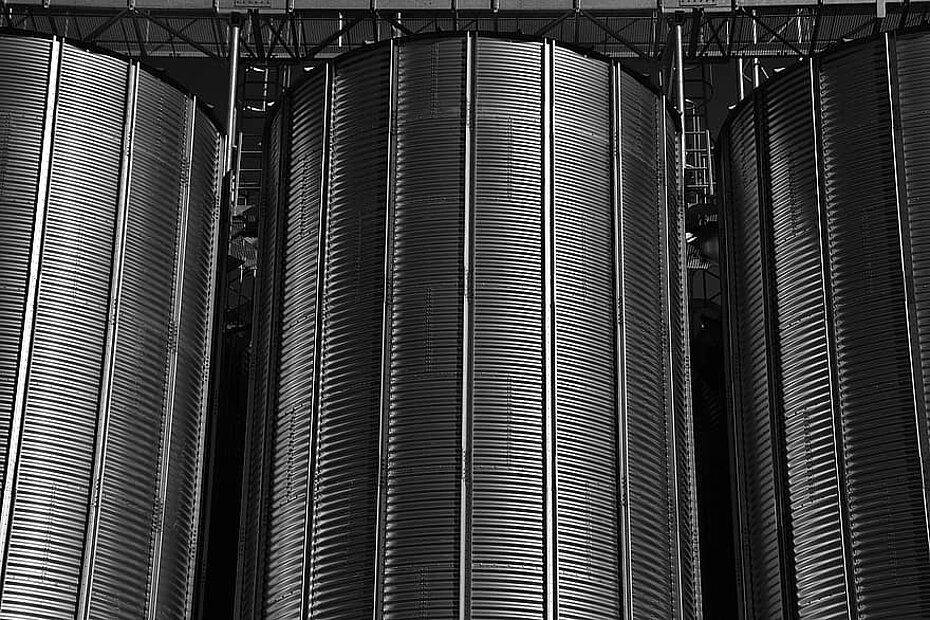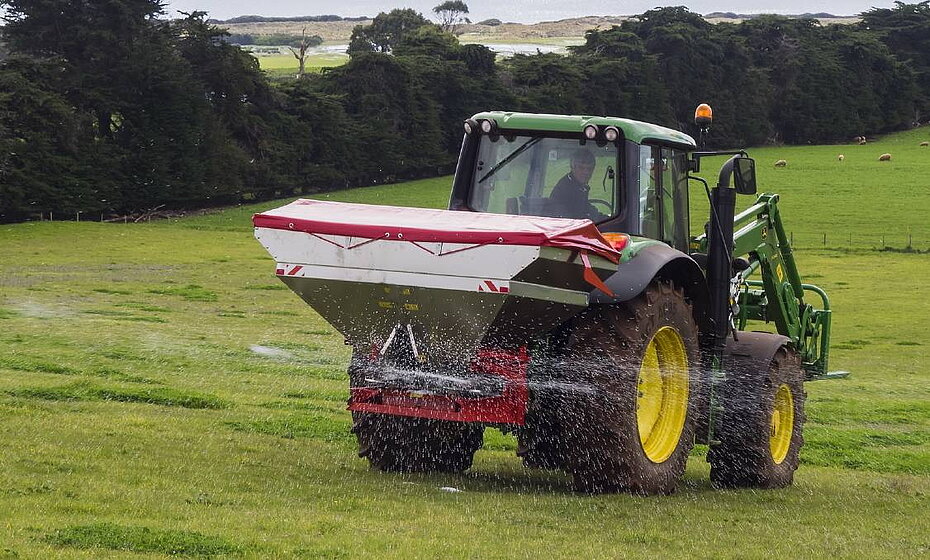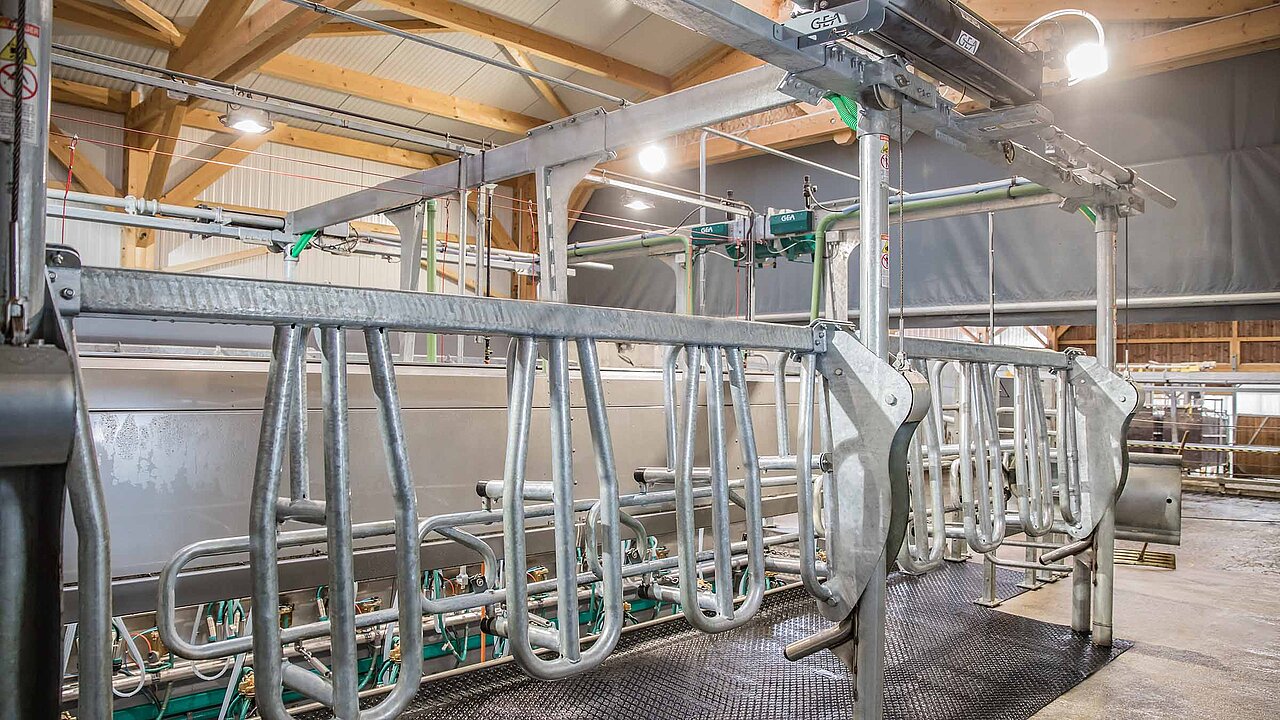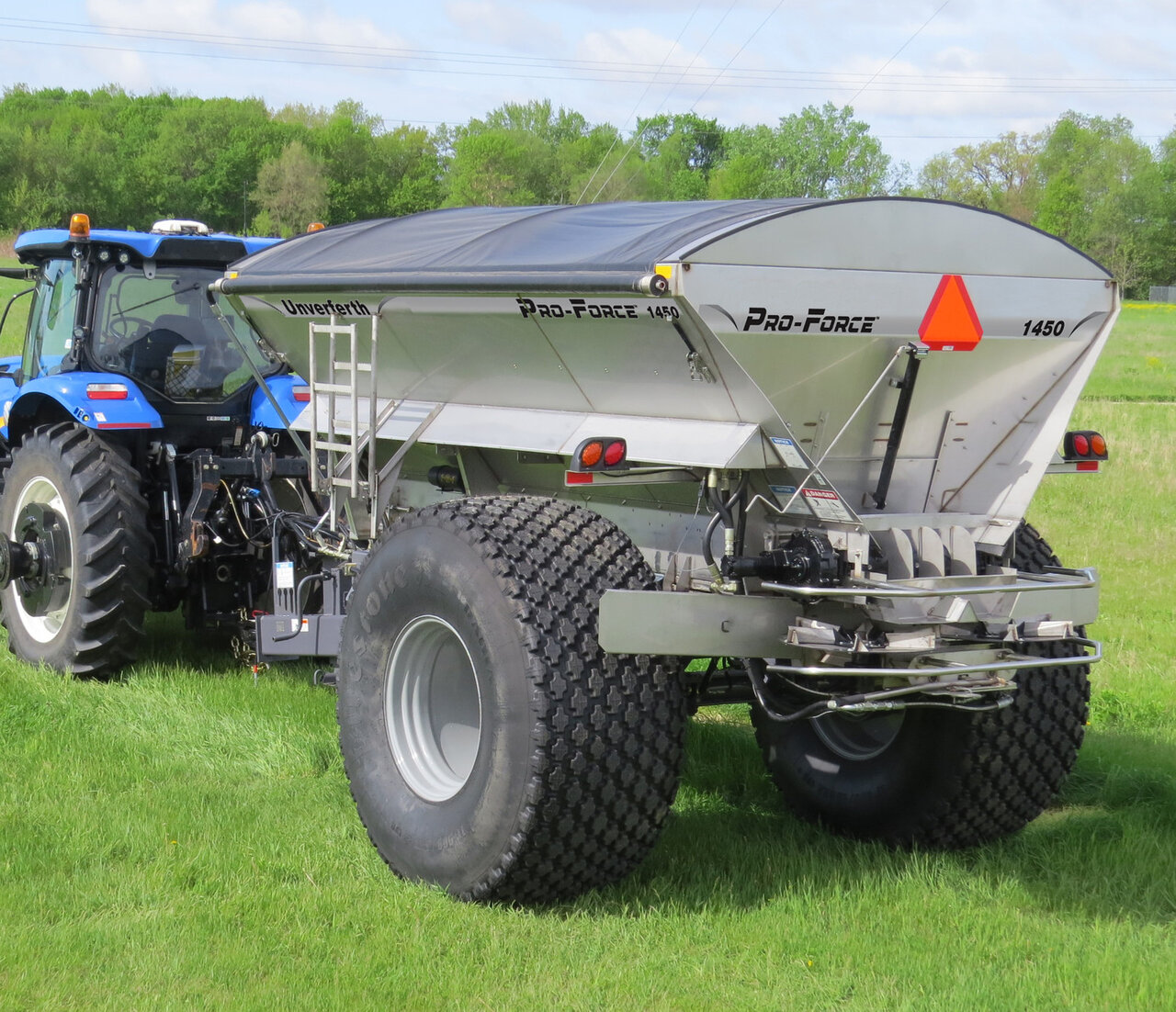
Laser Welding processes in agricultural machinery and equipment
Variable sheet metal thickness, welding with a high energy input, often also in confined spaces, paired with increased demands to metal surface quality – to this end, application of welding separation agents on the components lead to vast cost savings:
Using Photonweld laser welding with it's anti-spatter behavior and minimal heat affected zone, minimises reworking costs and maintains metal surface qualities. Its application ensures functional properties, perfect corrosion protection, and the quality of visible areas without incurring any additional costs.
Photonweld laser Welding machines guaranteesprocess safety – from first till last laser weld.

Welding Machines Do Upgrade Drastically Agricultural Machine Manufacturing
Laser welding machines are no longer stranger to agricultural machinery manufacturers. Many of them achieve efficient product upgrading of their planters, reapers, weeders or tractors in the help of laser welding machines. In particular, laser welding tremendously shorten the cycle from development to production without molding costs, saving new agricultural machinery processing with higher efficiency and lower production costs of most agricultural machinery manufacturers.
Let’s count the reasons why laser welding machines are so popular in the farm machinery industry ?
First, the sheet metal parts on agricultural machines industry usually turn out to be 0.8-6mm thick, which is best for laser welding. You can get higher welding speed and better seam and edge quality with almost none secondary processing.
With rapid products upgrading and various processing material types, is hard to shorten the period from research design to mass production as to agricultural machine manufacturing. However, the use of laser welding machines change the situation. With higher welding speed and smaller working space, laser welding machine adapts to almost all kinds of sheet metal and spare parts with its flexible processing, greatly shorten the producing cycle.



